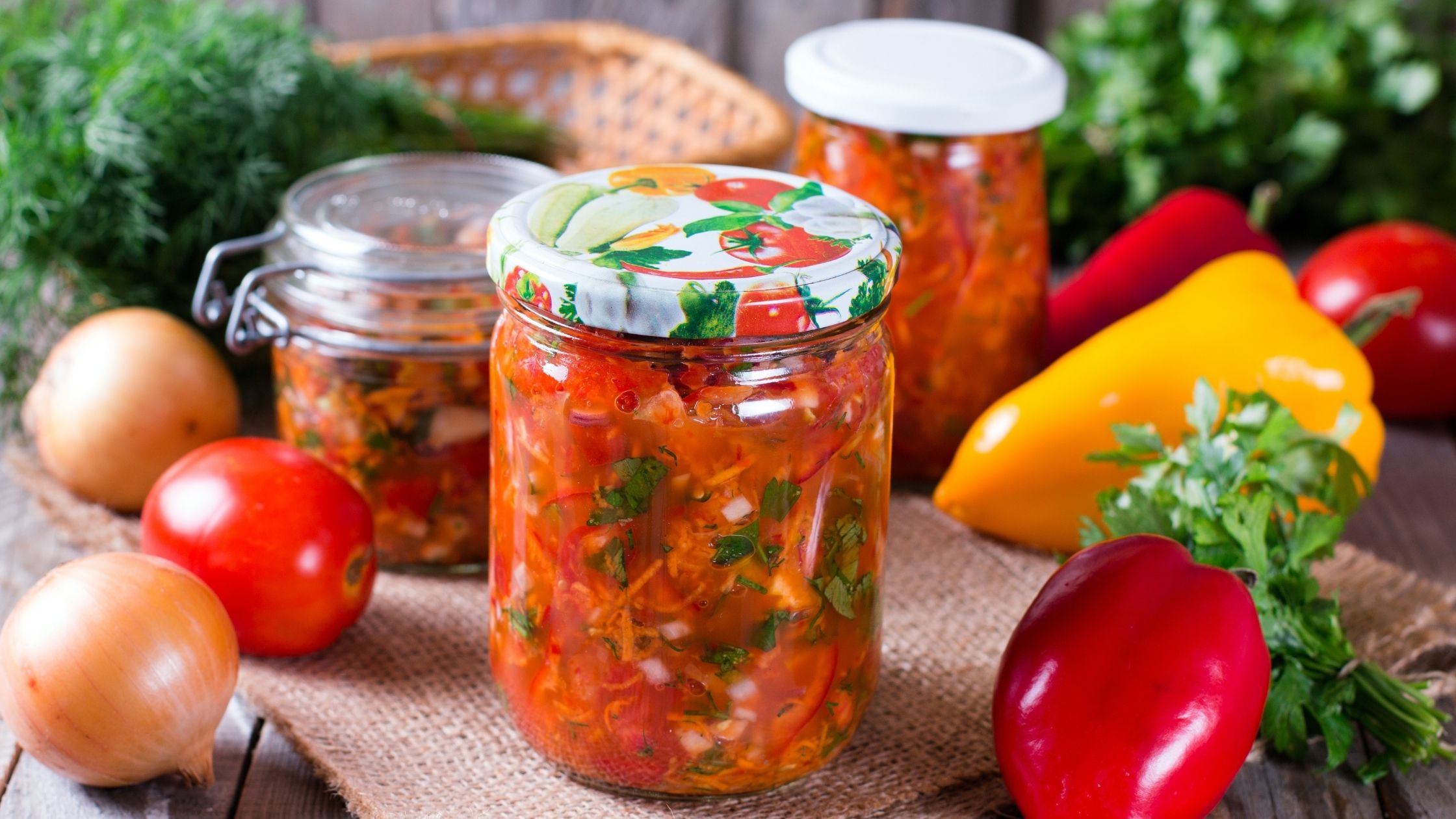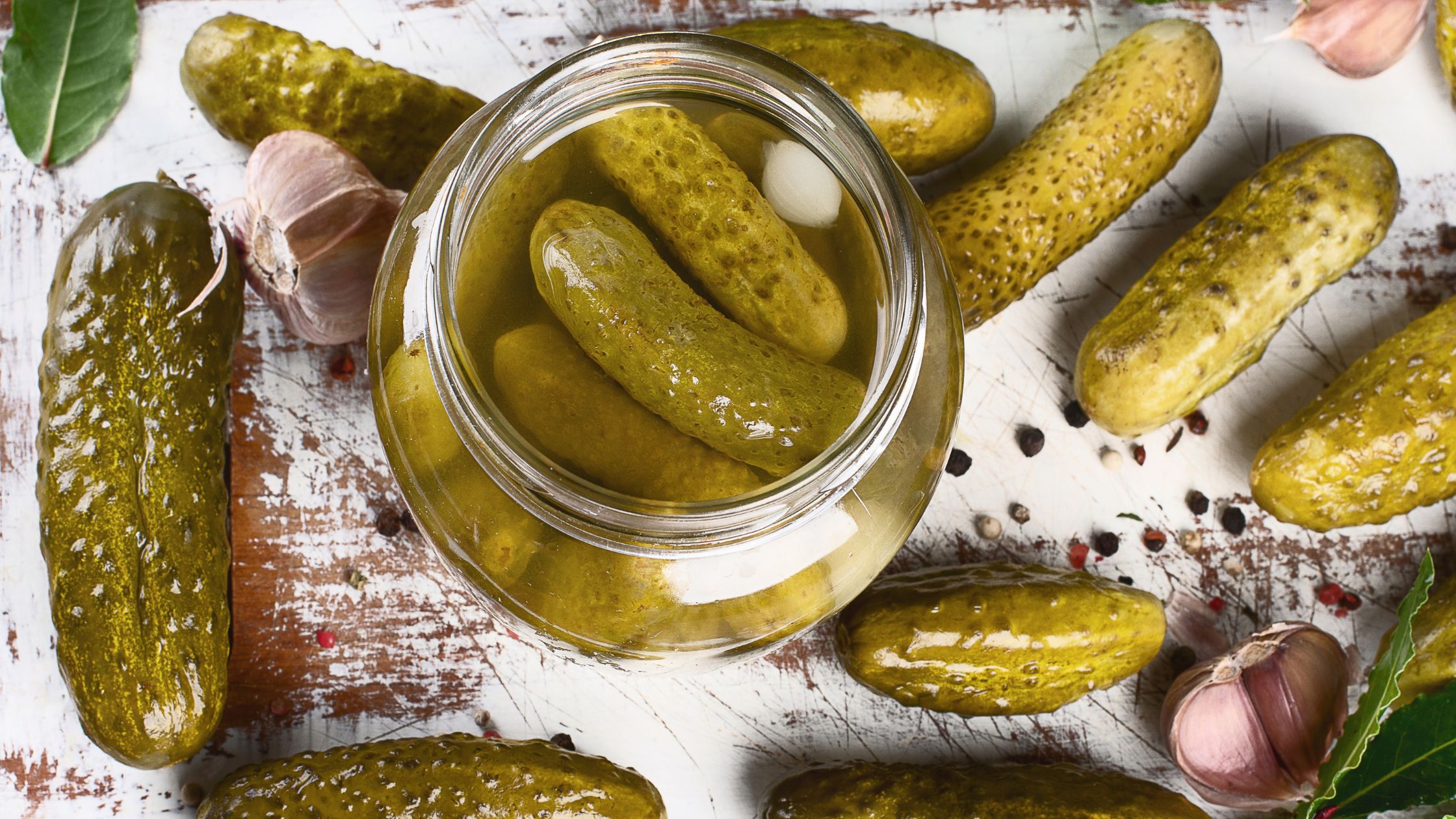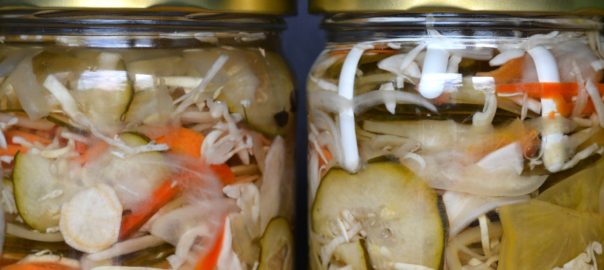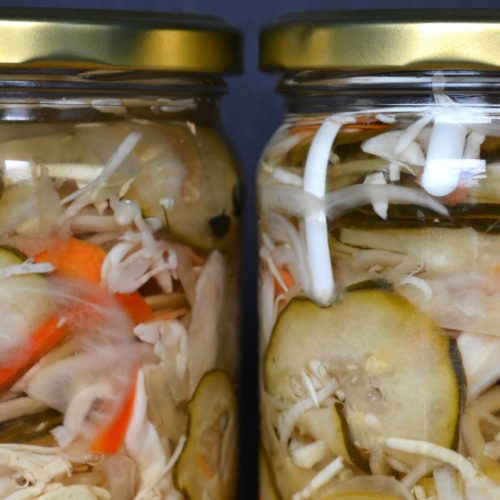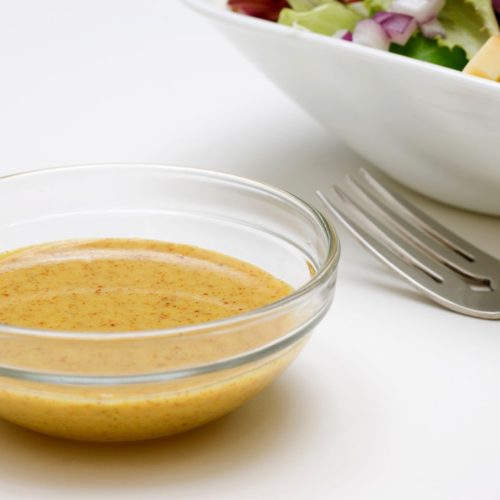When I moved to Texas I learned that there’s a controversy when it comes to chili. Beans or no beans. Having grown up in New England I was definitely in the with beans camp. But after living firmly in no bean territory for a number of years I began to appreciate the satisfyingly rich meatiness of a no bean chili.
This recipe is so full of fresh veggies that you really don’t miss the beans. Adding portobello mushrooms increases the umami factor. Top it all off with flavorful herbs and spices and it’s satisfyingly delicious. You can add a wonderful quick onion pickle (recipe below) and a fabulous slaw for a nourishing comfort food meal.
Umami No-Bean Chili
Ingredients
- 2 Tablespoons extra virgin olive oil
- 1 medium yellow onion, diced
- 2 large carrots, diced
- 2 medium celery stalks, diced
- 2 medium red bell peppers, diced
- 1 pound portobello mushrooms, chopped
- 1½ pounds organic or free range ground beef
- 2-3 garlic cloves, minced
- Sea salt and black pepper, to taste
- 2 Tablespoons tomato paste
- 1 Tablespoon ground cumin
- 2 teaspoons dried oregano
- 2 teaspoons chili powder
- ½-1 teaspoon cayenne pepper (to taste)
- 1 24-ounce can crushed tomatoes, undrained
- 1 cup bone broth
https://theingredientguru.com/healing-powers-bone-broth/
- 1 medium jalapeno pepper, seeded and minced (optional)
- Suggested Toppings:
Quick Onion Pickle
Avocado
Fresh cilantro leaves, chopped
Instructions
- Heat olive oil in a large soup pot over medium-high heat. Add in onion, carrots, celery, bell peppers, mushrooms, and jalapeno pepper (if using)
- Stir occasionally, until vegetables are softened, approximately 5-7 minutes
- Add in ground beef, garlic, sea salt and black pepper, to taste
- Cook, breaking up meat, until the beef is browned, approximately 5-6 minutes
- Add tomato paste and seasonings, stir to combine well and cook for another 1-2 minutes, or until the spices become fragrant
- Add crushed tomatoes and broth and bring to a boil then reduce heat to medium and simmer for 15-20 minutes, stirring occasionally
- Remove from heat and adjust seasonings, if necessary
- Add desired toppings, serve immediately. Enjoy!
Delicious on top of your favorite Mexican or Tex Mex dishes, these quick onion pickles are super easy to make in the kitchen. They’re not just for Mexican food though. You can also enjoy them as a condiment for just about anything including wraps, salads, or anywhere that you’d like a little extra flavor. If you like a little heat you can add jalapeno. The pickling liquid is really flavorful as well and can be substituted in place of plain vinegar in your marinades or homemade vinaigrettes.
Quick Onion Pickle
Ingredients
- ¾ cup apple cider vinegar vinegar
- ¾ cup water
- 2 Tablespoons kosher salt
- 2 Tablespoons honey, preferably local
- 3-4 cloves fresh garlic, minced
- 1 medium red onion, sliced thin
- 5-6 jalapeno peppers, sliced into rounds, seeds removed (optional)
Instructions
- Combine vinegar, water, salt, honey, and garlic in a saucepan over medium heat
- Whisk to combine well then heat until honey is fully dissolved
- Remove from heat, set aside
- Place sliced onion (and peppers if using) in a glass jar with a tight-fitting lid
- Pour pickling liquid over the onions (and peppers) being sure to cover completely
- Let sit one hour to marinate before using
- Store in the refrigerator up to two weeks
Greens & Apple Slaw
Ingredients
- ½ head of green cabbage, diced longwise
- 1 cup Brussels sprouts, shaved
- 1 small green apple, cored and diced
- ⅓ pound bacon, cooked and crumbled
- 1 Tablespoon apple cider vinegar
- Sea salt and black pepper to taste
Instructions
- In large bowl, mix cabbage, Brussels sprouts, and salt and let sit for 30 minutes
- After salted vegetable mixture has released water, drain thoroughly
- Add remaining ingredients to vegetables and toss well

